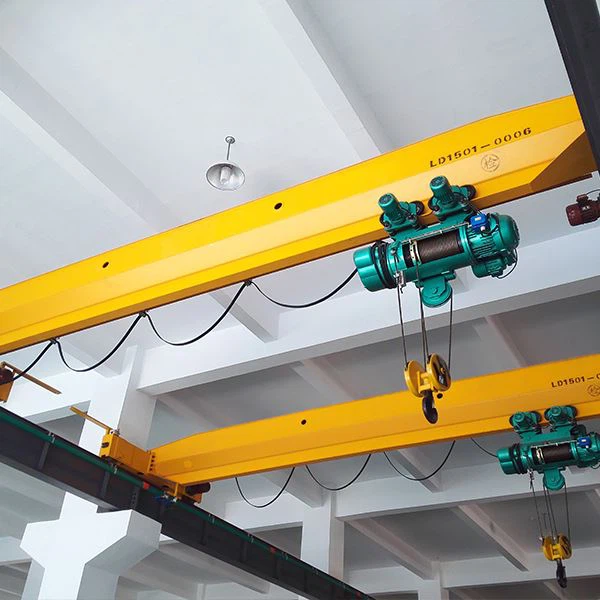Compliance and Regulations in Metal Parts Manufacturing
Metal parts manufacturing is a complex industry that operates under a myriad of compliance standards and regulations designed to ensure safety, quality, and environmental responsibility. Navigating this regulatory landscape is essential for manufacturers to maintain operational efficiency, avoid legal penalties, and uphold their reputation in the market. One of the primary areas of concern is occupational health and safety. Regulatory bodies like the Occupational Safety and Health Administration OSHA set stringent guidelines to minimize workplace hazards. Manufacturers must implement safety protocols, provide employee training, and ensure machinery is properly maintained. Non-compliance can result in severe fines and even the shutdown of operations, making adherence not just a legal necessity but a business imperative.
Environmental regulations also play a significant role. Agencies such as the Environmental Protection Agency EPA enforce laws on emissions, waste disposal, and the use of hazardous materials. Metal manufacturing processes often involve chemicals and byproducts that can harm the environment if not managed correctly. Compliance with these regulations not only avoids legal repercussions but also promotes sustainability and corporate responsibility, which can enhance a company’s public image. Quality assurance is another critical aspect governed by regulations and standards like ISO 9001. These standards ensure that products meet specific requirements, which is especially important when manufacturing parts for industries like aerospace, automotive, and medical devices. Adhering to quality regulations reduces the risk of product failures and recalls, thereby protecting the company from potential lawsuits and loss of customer trust. Trade regulations impact manufacturers involved in global supply chains. Compliance with international trade laws, including tariffs and export controls, is essential to avoid legal issues and financial penalties. Understanding the regulatory requirements of different countries is crucial for smooth international operations and maintaining good relationships with global partners.
Data protection has become increasingly important with the rise of digital technologies in manufacturing. Regulations like the General Data Protection Regulation GDPR require companies to protect personal data and report breaches promptly. Non-compliance can result in hefty fines and damage to a company’s reputation, making data security a top priority. Staying current with the evolving regulatory environment is a continuous challenge. Manufacturers often invest in compliance programs, employee training, and even external audits to ensure they meet all legal requirements. Leveraging technology such as compliance management software can help track regulatory changes and streamline compliance processes. In conclusion, compliance and regulations in metal parts manufacturing are multifaceted and integral to the industry’s success. They encompass worker safety, environmental stewardship, product quality, trade laws, and data protection. By prioritizing compliance, manufacturers not only avoid legal pitfalls but also build a foundation for sustainable growth, customer satisfaction, and a positive corporate image in a highly competitive market.



